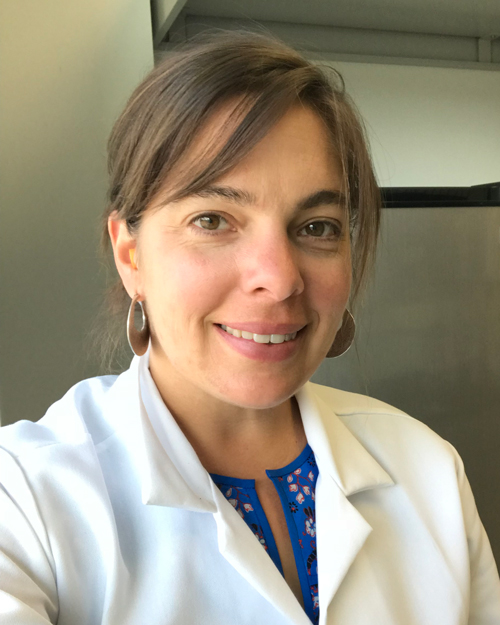
Courtney Hart
Ph.D. Student
Fisheries
College of Fisheries and Ocean Sciences
17101 Point Lena Loop Road
Juneau, AK 99801
chart16@alaska.edu
Uncovering the patterns and mechanisms behind wintertime occurrences of paralytic shellfish toxicity in geoduck clam fisheries of Southeast Alaska
Born in Northern California, I was inspired to study marine science while monitoring the intertidal zones at Duxbury Reef in West Marin. Throughout my education, my studies have spanned broad subjects like geology and geomorphology of tropical and temperate coastal regions all the way down to the molecular processes of genes and proteins in shellfish. Our current research leverages this breadth of interests and draws on a partnership with commercial divers, local tribes, state and not-for-profit organizations to investigate ecological questions about the interactions between harmful algal blooms and an economically important shellfish industry.
My goal is to work at the intersection of fisheries science, human dimensions, and resource management. Ideally I can continue to build my biological and ecological research skills at a management agency or organization that actively works to incorporate science into the process of determining unique and creative management regimes for all stakeholders in coastal fisheries.
Hart, C.E., M.J. Lauth, C.S. Hunter, B.R. Krasny, and K.M. Hardy. 2016. Effect of 4-nonylphenol on the immune response of the Pacific oyster Crassostrea gigas following bacterial infection with Vibrio campbellii. Fish & Shellfish Immunology 58:449–461. https://doi.org/10.1016/j.fsi.2016.09.054
The commercial fishery for geoduck clams (Panopea generosa) in Southeast Alaska is a small but lucrative fishery, with annual ex-vessel values averaging US$4.7 million (2010–2018). In recent years, the presence of paralytic shellfish toxins (PSTs) in clam tissues resulted in declines in fishery openings and harvest. PSTs bioaccumulate in the tissues of many filter feeders when the saxitoxin-producing dinoflagellate Alexandrium sp. blooms in the springtime. Geoduck clam toxicity within a harvest area varies substantially from week to week, fluctuating from well above (e.g., 2108 µg saxitoxins/100g shellfish tissue) to below (e.g., 40 µg/100g) the regulatory limit of 80µg/100g. Currently, week-to-week variations in toxicity occur throughout winter months, long after toxic blooms are depleted from the water column. High PST levels cause substantial economic loss to the fishery through increased sampling costs from repeated tests and by delaying or closing harvests. Seventy-six percent of management areas tested produced clams above the regulatory PST level in recent years, and 30 percent of the biomass available for harvest in the 2018–2019 commercial season was not taken due to tissue-toxin levels in test clams that exceeded the regulatory threshold. To better understand variability in PSTs and geoduck toxicity in Southeast Alaska, my PhD research is investigating the following: (1) spatial patterns of dormant Alexandrium abundance through cyst-mapping; (2) biological and physiological mechanisms of geoduck clam toxicity in the presence of Alexandrium cells and cysts; and (3) how this information coupled with harvest timing and techniques can influence sediment cyst loads over time. Knowledge about distributions of cyst populations, mechanisms of wintertime clam toxicity, and whether or not cyst resuspension contributes to geoduck clam toxicity will provide information to reduce impacts of PSTs to this particular fishery. Results of this project will be used to improve management of geoduck dive fisheries and ultimately protect human health.
- Wintertime Geoduck Toxicity
- Monitoring and Managing PSP at Oyster Farms
- AAUS Scientific Diver, 2019
- 2021 EPSCoR Seed Grant ($4000), Using HAB Monitoring to Understand PSP Risks at a Shellfish Farm in Southeast Alaska
- 2021 Goering Family Fellowship ($1000)
- 2020 Kathryn E. and John P. Doyle Scholarship ($5000)
- Co-president, Fisheries and Ocean Science Student Association
- Student Representative, UAF Dive Control Board
- Mentor, Alaska INBRE
- Mentor, UAF BLaST
- Alumni Mentor, UC Berkeley EPS


